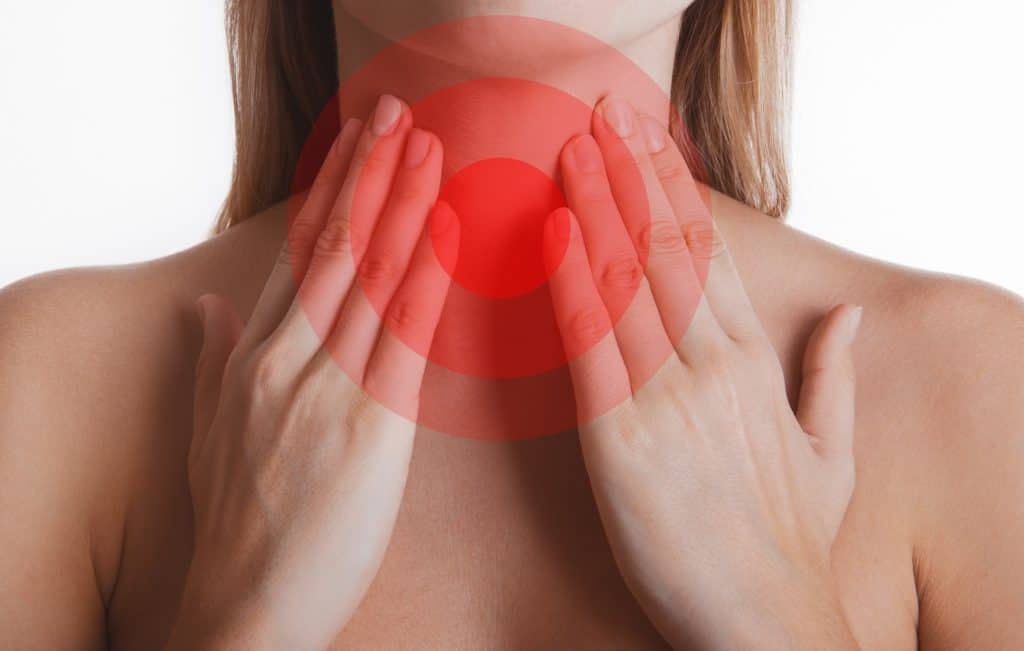The first case of the week for 2017, is a 43-year-old female who underwent lap band placement in 2013 by an outside institution. She presented to my office with epigastric pain, heartburn, food regurgitation and nocturnal cough. Her band was adjusted up to 5 cc in during the initial first few month after surgery. It was completely emptied for obstructive symptoms. The patient continued however to have several GERD related symptoms including dysphagia. She was started on high dose proton pump inhibitors by her bariatric surgeon but her symptoms did not resolve. Following office consultation, I learned that the patient had dysphagia related symptoms prior to lap band placement.
I made the decision to start with an upper endoscopy and a contrast study to evaluate the distal esophagus, rule out band erosion, and check for a hiatal hernia.
The patient had evidence of severe distal esophagitis. Several linear ulcers covered with fibrinous exudates were found extending up to cm above the Z line. The hiatal opening was dilated and the gastric pouch above the band was quite enlarged. There was no evidence of band erosion. An esophagogram showed a very large gastric pouch with no band slippage. Contrast emptying from the esophagus into the stomach was significantly delayed suggestive of weak esophageal contractions. Interestingly, she had significant narrowing at the level of the gastro-esophageal junction where the lower esophageal sphincter is located independent of narrowing at the lap band level. The bird’s beak picture was suggestive of achalasia.
Esophageal manometry was performed and confirmed the diagnosis of type 1 achalasia. The combination of absent esophageal motility and tight lap band has led to severe acid reflux and esophagitis, as well as dysphagia. The dilated gastric pouch secreted enough acid that freely refluxed into the esophagus across the dilated hiatal opening. Due to esophageal dysmotility, mucosal acid exposure was significantly prolonged leading to ulceration. The patient was started on Carafate and instructed to continue PPI treatment. The band will be first removed hoping to decrease the esophageal inflammation prior to performing a Heller myotomy with Toupet fundoplication. Gastric bypass with Heller myotomy is also a valid option especially if the BMI is above 35. This patient has lost a total of 45 pounds since her initial lap Band surgery and is not interested in gastric bypass surgery at this point.

